Metallic glass resonators can possess larger quality factors (i.e., slower rates of energy dissipation) than typical polycrystalline metals, since metallic glasses are spatially homogeneous without dislocations and other topological defects.
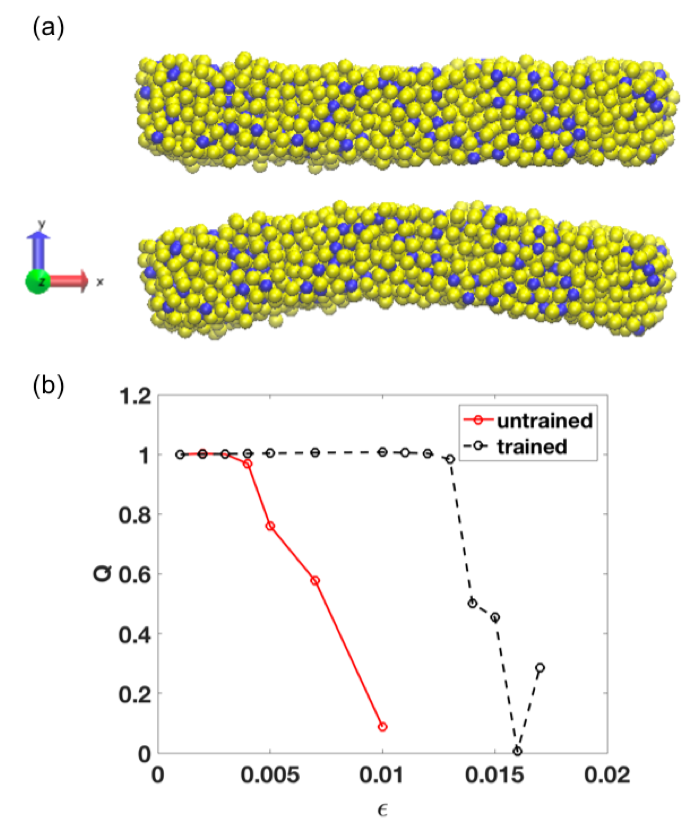
Metallic glass resonators can possess larger quality factors (i.e., slower rates of energy dissipation) than typical polycrystalline metals, since metallic glasses are spatially homogeneous without dislocations and other topological defects.
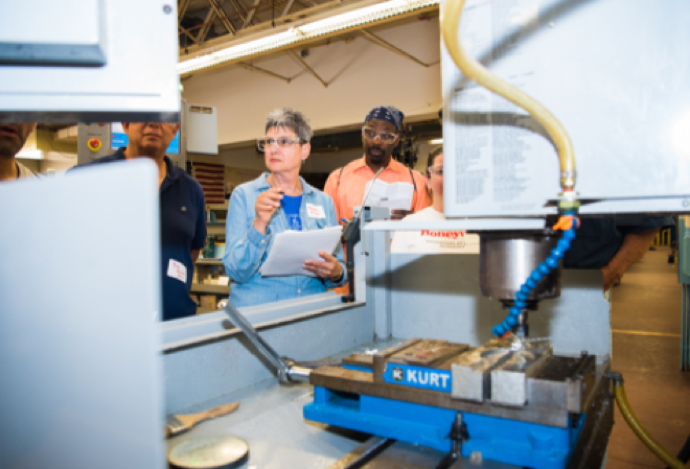
The Materials and Manufacturing Summer Teachers’ Institute is a school-to-career initiative that targets STEM skills instruction for grades 7-12 in the New Haven and Bridgeport Public Schools.
Three-day workshop designed to:
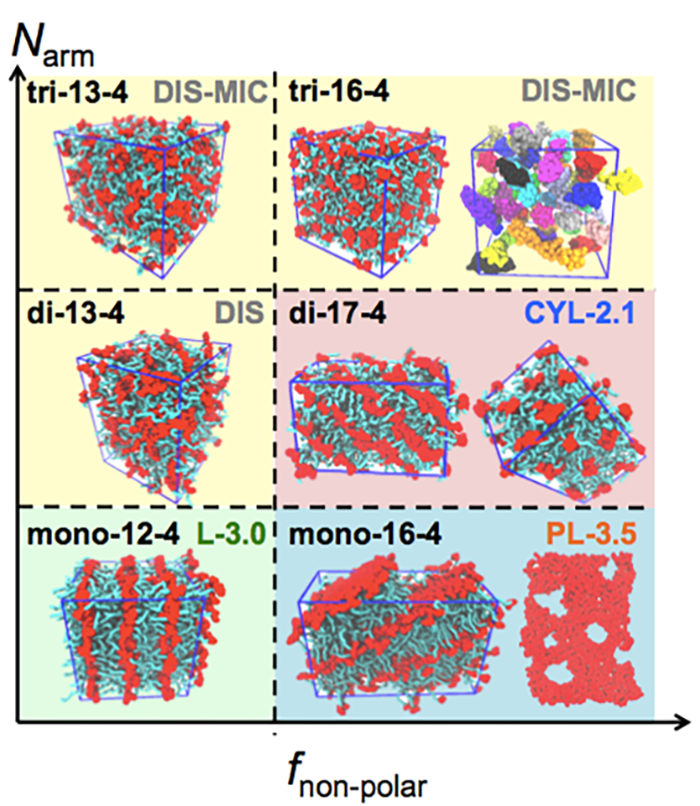
The ability to precisely predict how molecular structure influences the microstructure of polymeric materials is the key towards the custom tailoring of desirable materials properties. Molecular dynamics simulations with atomistic level models were performed to design “high-χ” block oligomers that can self-assemble into 1-5 nm domains for next generation microelectronics applications.
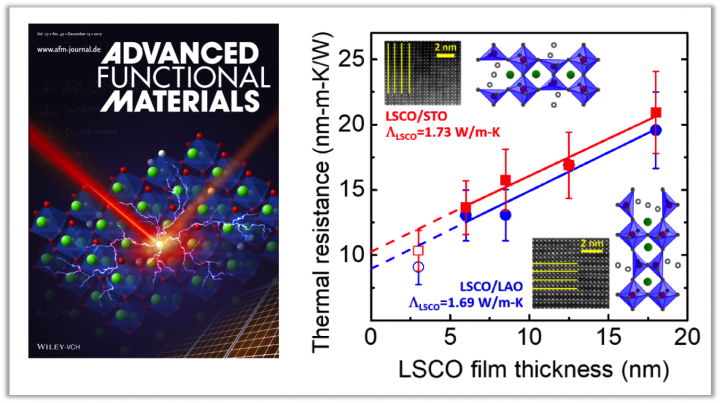
Precise control over defects in materials is often a highly effective means to control properties and function. In oxide materials, which are the focus of enormous current attention for many existing and proposed applications, defects known as oxygen vacancies often play the key role. These vacancies, simply missing oxygen atoms in the structure, can have a significant impact on properties.
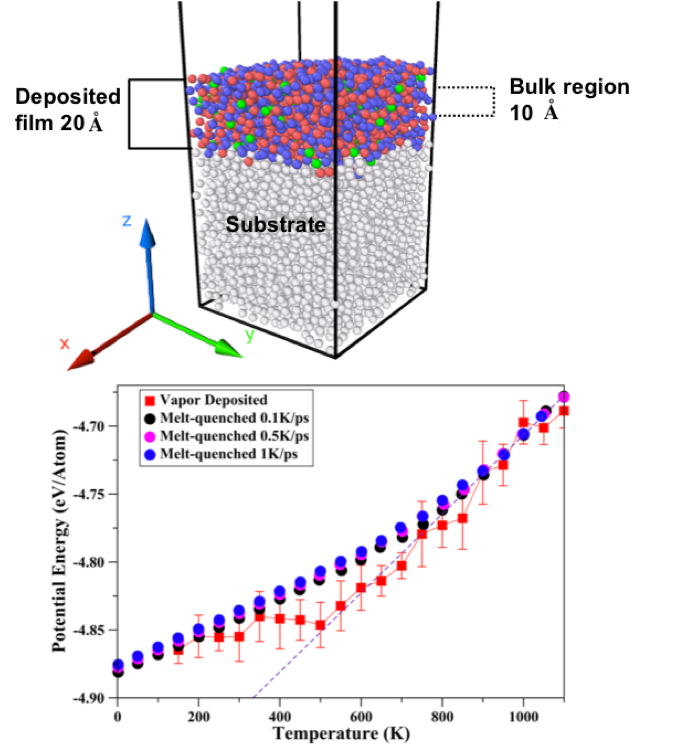
One of the main drawbacks of metallic glasses is their low thermodynamic stability, which limits their formability and service life. Recently, experiments by members of the Wisconsin MRSEC showed that organic glasses with high thermodynamic stability can be synthesized via physical vapor deposition (PVD) onto a substrate at a controlled temperature. Now, this team of researchers has used molecular dynamics simulations to predict that the same PVD methods can enhance the stability of metallic glasses.
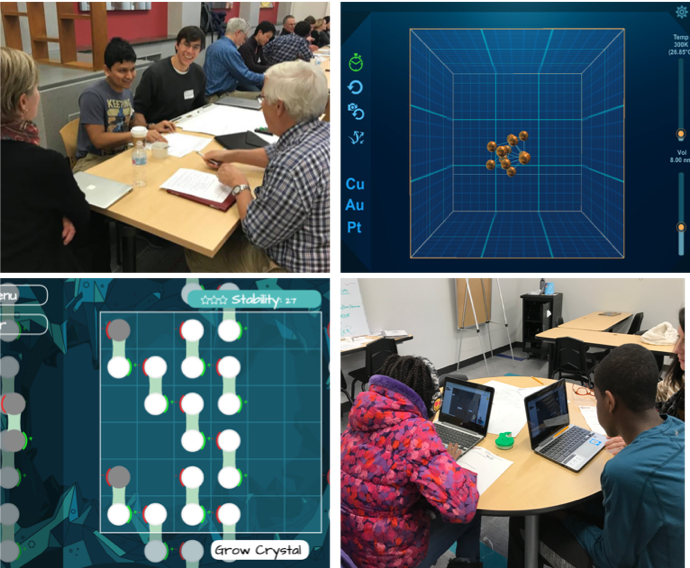
The Wisconsin MRSEC has developed research-inspired educational digital games that are each being played over 1900 times/week. Atom Touch teaches students about atom behavior, bonding, and forces. Crystal Cave lets students explore how molecules form repeating patterns to grow into large crystals. During development, local K-12 teachers provided input on how to make the games more engaging for student learning.
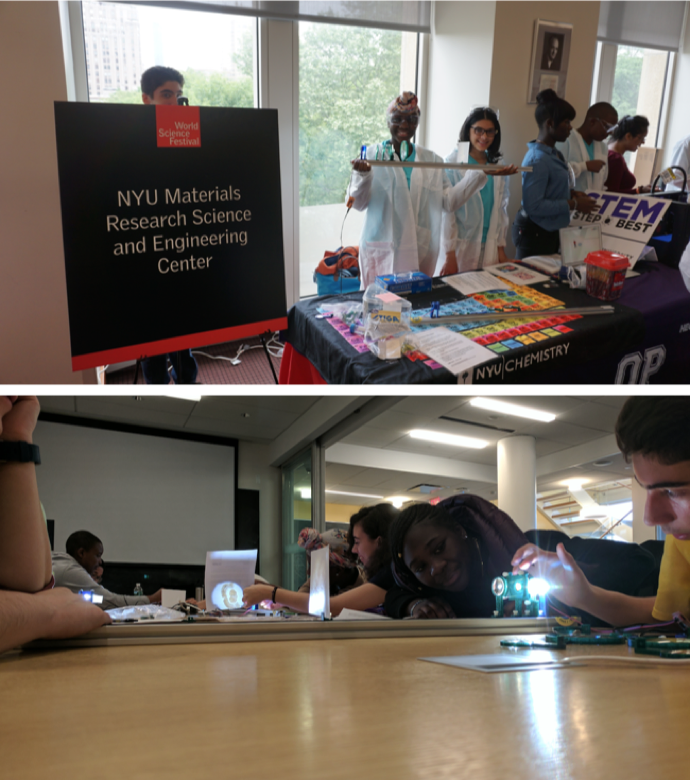
NYU-MRSEC investigators along with research scientist from the BioBus/BioBase organization mentored nine high school students as part of a two month peer-mentorship program. The idea, to train high school students in optics, CAD/3D printing and basic of microscopy including applications in materials science (crystals and colloids).
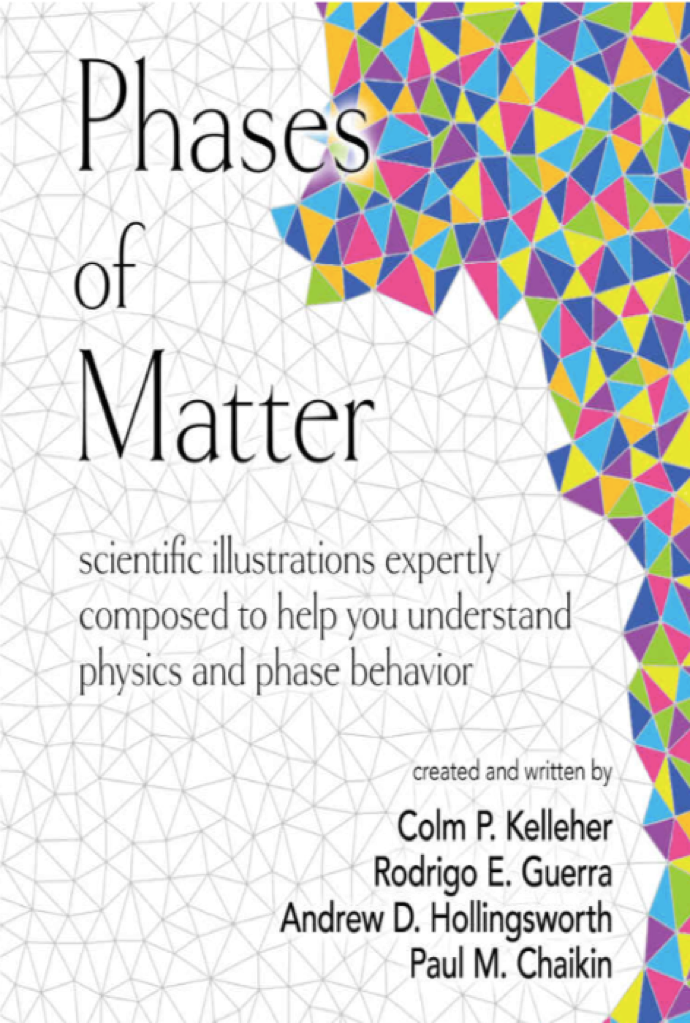
MRSEC investigators team-up to create an adult coloring book. The coloring book, “Phases of Matter,” designed to help the general pubic understand physics and phase behavior.
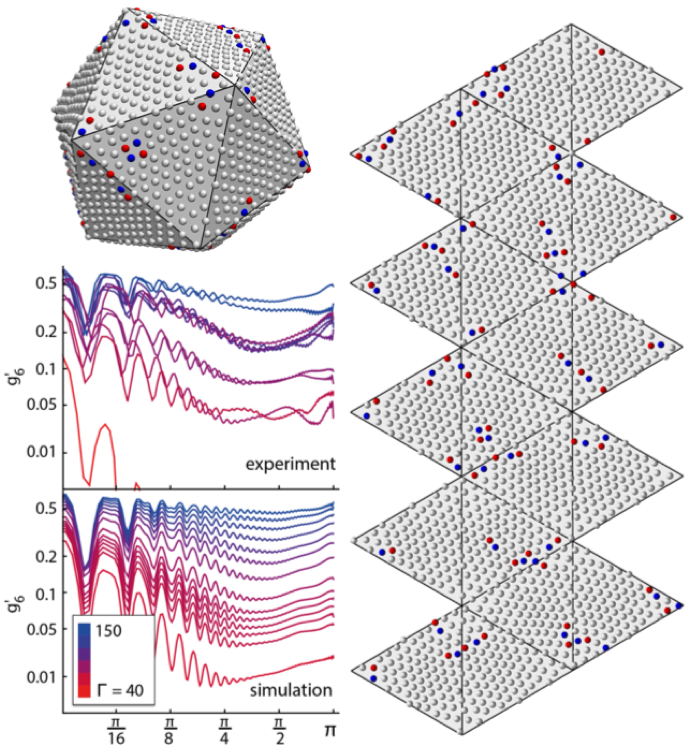
A crystal is defined by the regular and periodic ordering of the atoms, molecules, or particles that compose them. If bent or strained, this order and regularity is disturbed, and defects appear that relieve some of the applied stress.
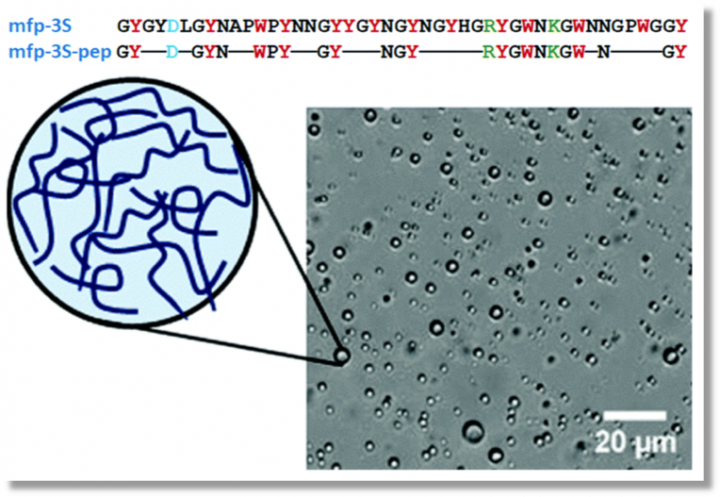
Upon spontaneous deposition on surfaces underwater and moderate compression, single-component coacervates of adhesive peptide mimics (mfp-3S-pep) display orders of magnitude improvement compared with un-coacervated native (mfp-3S) or synthetic peptides.